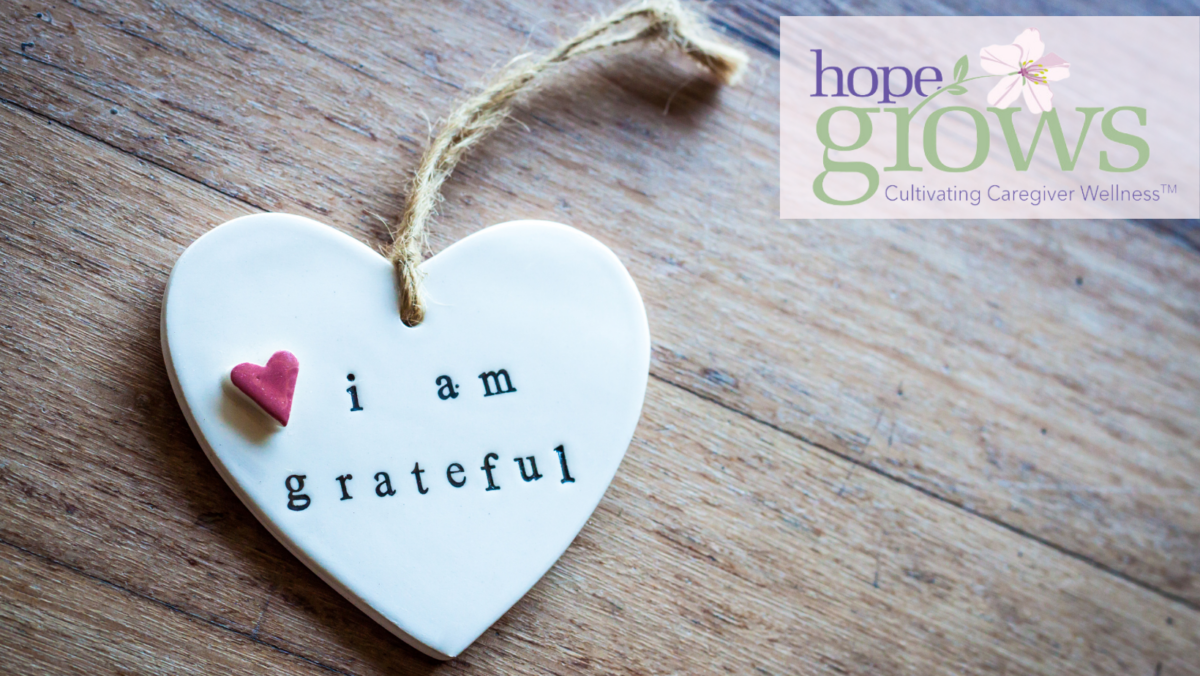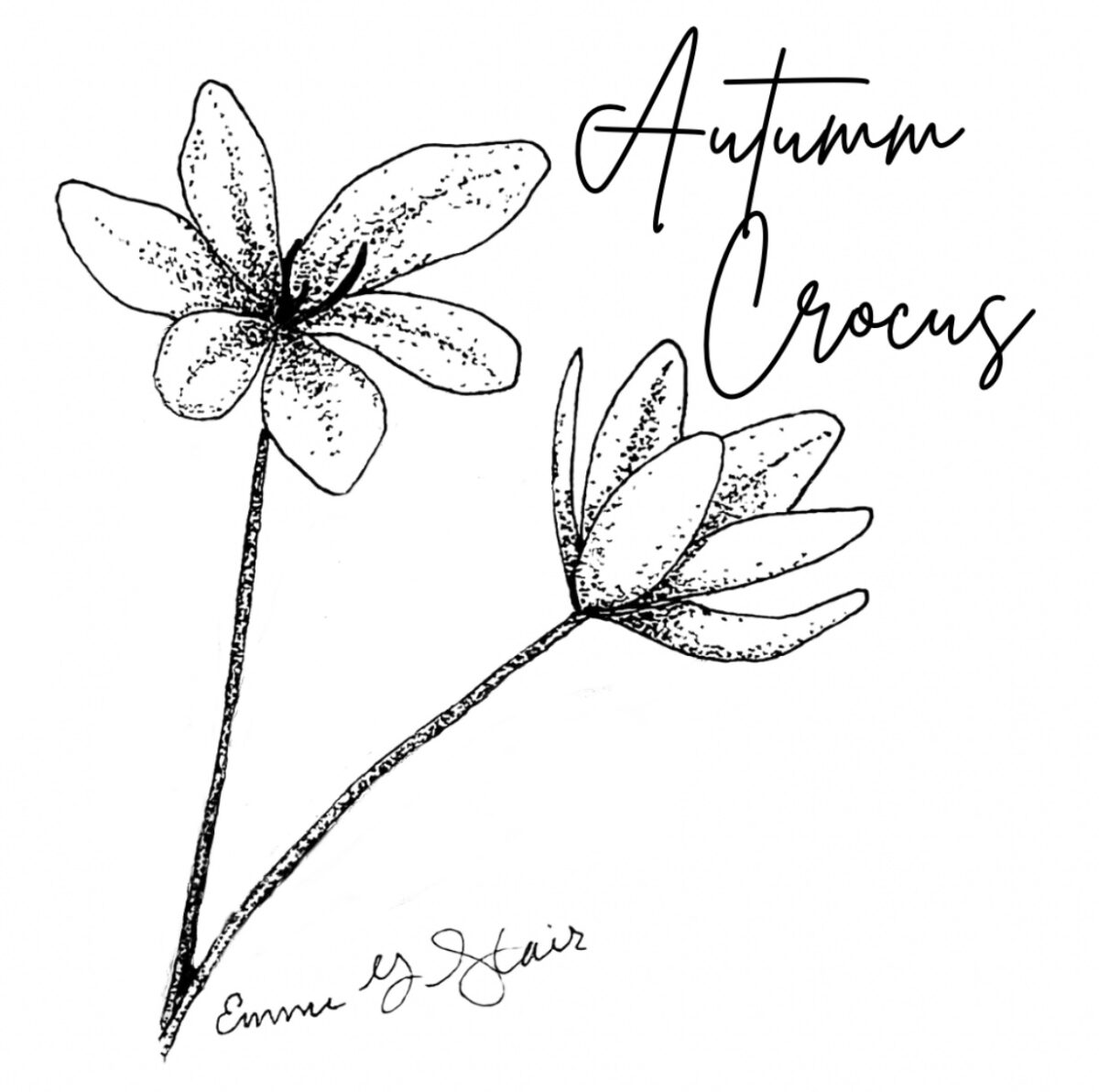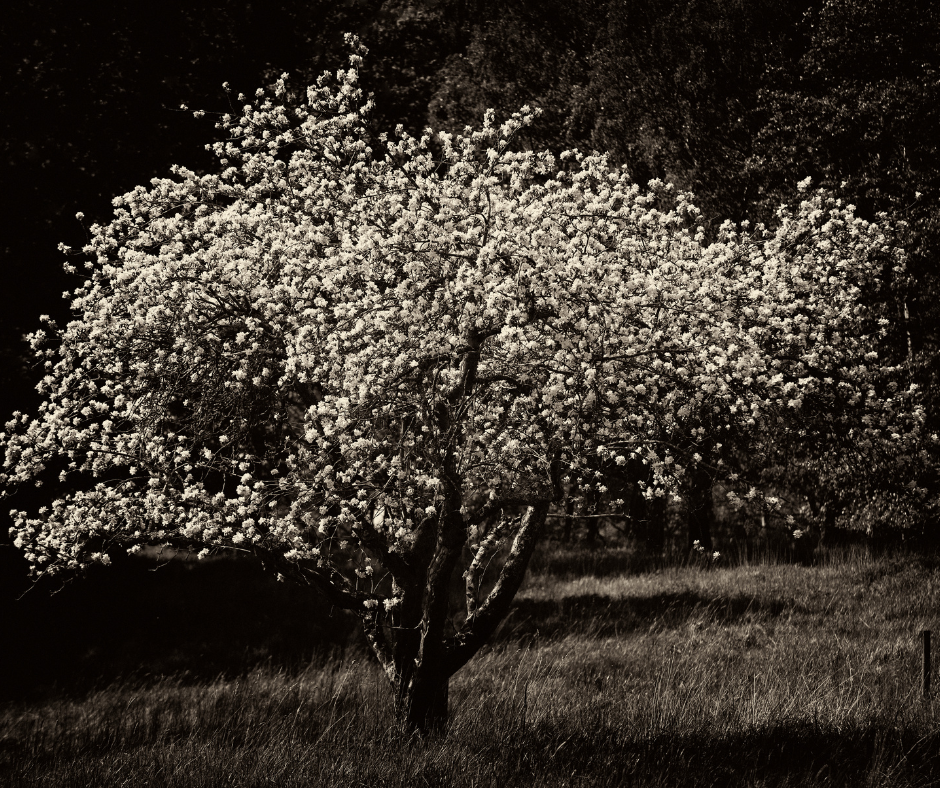Notes from the Garden: The Tree of Life
December Plant of the Month: Tree of Life
doTERRA Essential Oil of the Month: Clary Sage
If we surrendered to the earth’s intelligence, we could rise up rooted, like trees. – Rainer Maria Rilke
The Tree of Life has been a sacred symbol, revered across cultures and religions, for thousands of years. Almost every major civilization and faith over the ages has had some level of sacred regard for the trees.
While researching this blog, I found Tree of Life symbolism throughout Egyptian, Celtic, Mayan, Native American, Buddhist, Hindu, African, Greek and Roman mythology, and folklore. In the Bible, the Tree of Life is planted centrally in the Garden of Eden, near the Tree of the Knowledge of Good and Evil. In fact, the Hebrew phrase etz hachayim, meaning “Tree of Life,” has been used to refer directly to the Torah, Jewish sacred scripture. Proverbs 3:18 likens it to wisdom, saying one can derive happiness from holding onto her.
The Tree of Life symbolizes healing, power, strength, and the cycle of life, death, and rebirth. Her roots extend downward, spreading their tendrils beneath the ground, and her branches reach up, interwoven, into the heavens. She occupies two worlds, symbolizing the harmonious connection between the divine and earthly realms. She is often encased in a surrounding circle, symbolizing the oneness and unity of all life.
One of my personal favorite renderings is the Celtic Tree of Life. The Celts considered trees to be sacred repositories of memory, folklore, and the presence of spirit beings. Their Tree of Life symbol has its roots and branches intertwining and knotted together infinitely, with no beginning or end, symbolizing all of us inextricably connected within the Tree of Life’s protective stature.
Wisdom is in the trees. Acting as both givers and sustainers of life, trees provide us with gifts of nurturance. From cradle to grave, we rely on them for our very breath, shelter, shade, medicine, music, healing, fire, and food. Whenever I have faced periods of struggle, or illness, I find solace among the trees. During a particularly difficult time years ago, it was the trees who taught me how powerful and restorative it can be to connect with nature. Walking among them day after day, their magnificent and healing spirits tended to me, making me feel safe, restoring my spirit, lifting me up to higher ground. It was within their loving embrace that I first felt the invisible connective tissue of the web of life all around me, cradling and connecting me to an intelligence far greater than mine. I was no longer a party of one; they connected me back to the infinite whole. They are my trees of life. I didn’t leave Pittsburgh much during that time, but looking back, I can see now I was on one of the most definitive journeys of my life.
Journeys of adversity, healing, and wholeness ripen us, and often shake us to our core. They strip away what isn’t real and leave us clinging to what is. They make us human, and the most profound ones will reveal our humbling connection to all that is. I have been a care recipient, and I have a feeling I will be a caregiver before my life is over. What the trees have taught me is that even though these two souls walk hand in hand, experiencing two very different journeys, both are being held in the sacred boughs of a larger whole, to which they will forever belong.
Written by Jessica Giannotta, Hope Grows Horticulturist
Tree of Life drawing by Emma Stair




